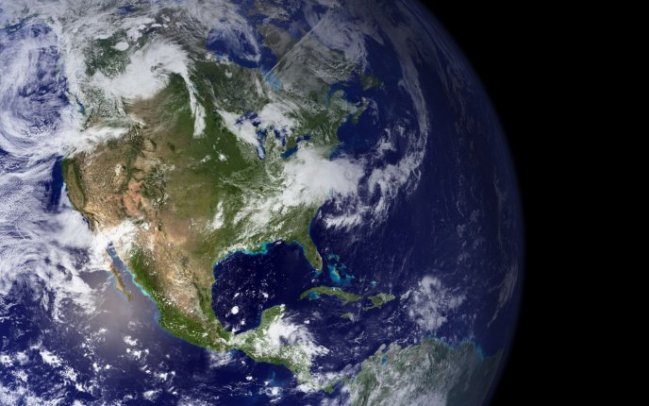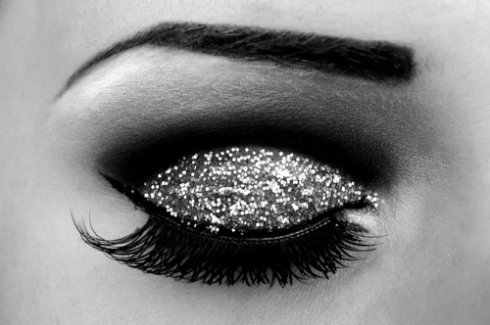
Science is filled with legendary discoveries and monumental research, with a long list of Nobel Prize winners to document these findings. Arguably one of the most amazing moments in science was in 1957, when Sputnik 1 was launched into the Earth’s orbit. It seemed, and still does seem, amazing that scientists were able to create such amazing technology that could perhaps lead the way to hundreds or thousands more discoveries in the future. Unfortunately, like many other scientific fields, space travel, astronomical discoveries, and astrobiology come at a cost.
Space travel is simply amazing. To think that 45 years ago, when technology was nowhere near as advanced as it is today, there were still people walking the moon for the first time. NASA truly didn’t know if the space craft would even reach the moon safely, and they had no idea if it would all work out for the best. But the thirst for scientific knowledge prevailed, and they launched the mission anyways. Not only is this extremely significant to the field of science, but the sheer bravery displayed by the three astronauts involved is extremely admirable. The possibilities of this field of science are endless; the discovery of new planets, new life forms, and possibly future homes for human beings are all on the line right now. One of the current projects being worked on by biologists is determining if plants could be a sufficient source of oxygen for human beings on other planets, and if so, how many plants would be required to keep large numbers of people alive. Space exploration and astrobiology are definitely areas of science worth pursuing.
On the other hand, space travel comes with its controversies. The risk of contaminating other planets and life forms or of returning contaminants into the Earth’s atmosphere are ever-present. Since astrobiology is primarily a field of discovery at this point, with no huge databases to refer to, much of these explorations are left to chance. Biologists are working towards finding ways to completely disinfect astronauts’ suits when they leave and enter the space craft, and that will be necessary until some questions about space travel are answered.
In short, there have been a lot of interesting points of discovery in the field of space exploration in the past, and I’m sure there will be many more amazing findings in the future. However, I just hope NASA and other organizations take care not to disturb ecosystems (if they exist) on other planets and also not to bring back alien pathogens to Earth. Time will tell if exploring extraterrestrial life will be a friendly, E.T. type of experience, or more of a Signs situation.





 Medicine and technology are both important realms that scientists study, research, and experiment with in great detail on a daily basis. Sometimes, these two fields coincide, and this is when the real ‘magic’ occurs. Scientists, doctors, and other health practitioners have begun to collaborate and produce some amazing discoveries and results. Take the field of prosthetics, for example. The knowledge of prosthetic arms, legs, and other body parts has come a long way since the days of Terry Fox, when he had to hobble along on a leg that barely fit and didn’t easily bend when he was running. Prosthetics nowadays are easily bent and move much the same way as an actual body part would. There is still room for improvement, however. People who require a prosthetic hand, for instance, have trouble adjusting their grip on objects they wish to pick up or hold, often having to visually assess how hardly or how softly to grasp something rather than allowing their sense of touch to do that for them. Creating a link between prosthetics and a sense of touch is the current project among scientists and medical consultants. Recently, a synthetic hand has been manufactured that allows the wearer to actually feel how firm or yielding an object is, and allowing them to adjust their grasp accordingly. This discovery has been tested on a couple of different subjects, either amputees or accident victims, and have produced encouraging results. All of the subjects gave positive feedback, insisting that this new prosthetic hand makes them feel like they have their own hand back. This will not be the end, either; the scientists who developed this particular hand hope to improve it so the user could also feel both textures and temperatures. In this way, a person wearing this artificial hand will be able to feel pain either from a sharp object or from a burn. This could eventually prevent wear and tear of these prosthetics since the user will be able to assess the potential risks when holding objects, much like a real hand. These results are revolutionary. If scientists can truly produce prosthetics that allow their wearers to actually feel things like normal body parts would, it could change the lives of many amputees worldwide. It would simplify the daily lives of many, and improve the quality of life for people with missing limbs. The particular story of this new prosthetic hand is truly inspirational to me, since it shows just what the worlds of medicine and technology are capable of when they collide. It just solidifies to me that science, when used by the right brains and hands, can be amazingly beneficial to our world as a whole.
Medicine and technology are both important realms that scientists study, research, and experiment with in great detail on a daily basis. Sometimes, these two fields coincide, and this is when the real ‘magic’ occurs. Scientists, doctors, and other health practitioners have begun to collaborate and produce some amazing discoveries and results. Take the field of prosthetics, for example. The knowledge of prosthetic arms, legs, and other body parts has come a long way since the days of Terry Fox, when he had to hobble along on a leg that barely fit and didn’t easily bend when he was running. Prosthetics nowadays are easily bent and move much the same way as an actual body part would. There is still room for improvement, however. People who require a prosthetic hand, for instance, have trouble adjusting their grip on objects they wish to pick up or hold, often having to visually assess how hardly or how softly to grasp something rather than allowing their sense of touch to do that for them. Creating a link between prosthetics and a sense of touch is the current project among scientists and medical consultants. Recently, a synthetic hand has been manufactured that allows the wearer to actually feel how firm or yielding an object is, and allowing them to adjust their grasp accordingly. This discovery has been tested on a couple of different subjects, either amputees or accident victims, and have produced encouraging results. All of the subjects gave positive feedback, insisting that this new prosthetic hand makes them feel like they have their own hand back. This will not be the end, either; the scientists who developed this particular hand hope to improve it so the user could also feel both textures and temperatures. In this way, a person wearing this artificial hand will be able to feel pain either from a sharp object or from a burn. This could eventually prevent wear and tear of these prosthetics since the user will be able to assess the potential risks when holding objects, much like a real hand. These results are revolutionary. If scientists can truly produce prosthetics that allow their wearers to actually feel things like normal body parts would, it could change the lives of many amputees worldwide. It would simplify the daily lives of many, and improve the quality of life for people with missing limbs. The particular story of this new prosthetic hand is truly inspirational to me, since it shows just what the worlds of medicine and technology are capable of when they collide. It just solidifies to me that science, when used by the right brains and hands, can be amazingly beneficial to our world as a whole.